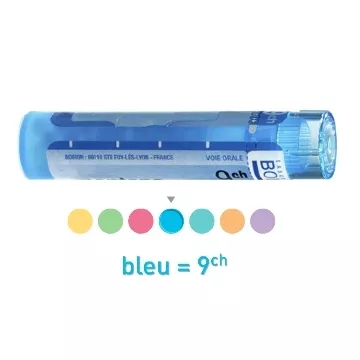
What is cradle cap and how does it manifest itself in infants?
Cradle cap is a common dermatological condition in infants, characterized by the appearance of scaly patches and crusts on the scalp. This condition, although generally benign, can also appear on the eyebrows, eyelids and sometimes behind the ears. It is mainly due to excessive sebum production by the sebaceous glands.
What are the main causes of cradle cap?
Although the exact cause is still partly unknown, cradle cap is often associated with overproduction of sebum. This overproduction may be influenced by maternal hormones still present in the infant's body after birth. A fungus called Malassezia, naturally present on the skin, may also play a role, breaking down sebum and provoking an inflammatory reaction.
How can cradle cap be effectively treated?
Treatment of cradle cap generally involves gentle, non-invasive care. Here are some recommended methods:
It's essential to consult a pediatrician before initiating any treatment, especially if symptoms persist or worsen.
When should a doctor be consulted for cradle cap?
Although cradle cap is generally a benign condition, it is advisable to consult a paediatrician if :
Can cradle cap be prevented?
There's no foolproof method for preventing cradle cap, but maintaining good hygiene and using suitable products can help minimize the risk. It is also advisable to avoid over-frequent bathing, which can dry out the baby's skin and encourage sebum production.
How can cradle cap be distinguished from other skin conditions in infants?
Cradle cap is characterized by yellowish or whitish scales on the scalp, which may be oily or dry. It is generally localized and does not cause noticeable erythema (redness of the skin), unlike eczema, which can cause intense redness and itching. If you are in any doubt, it is vital to consult a paediatrician, who will be able to make an accurate diagnosis.
Can home remedies be used to treat cradle cap?
Although certain home remedies are often recommended, it's important to use them with caution. The application of natural oils, as mentioned above, can help soften scabs. However, products such as olive oil, although natural, should be used sparingly as they can potentially worsen the condition by promoting yeast proliferation. It's always best to seek the advice of a healthcare professional before attempting home remedies.
How long does cradle cap usually last in infants?
Cradle cap can vary in duration, often lasting from a few weeks to a few months. In the majority of cases, this condition resolves spontaneously before the child reaches two years of age. However, if symptoms persist or new lesions appear, it is advisable to consult a health professional to evaluate other potential treatments.
Can adults also be affected by cradle cap?
Although less common, a condition similar to cradle cap can affect adults, often referred to as seborrheic dermatitis. In adults, this condition can also affect other areas rich in sebaceous glands, such as the face, torso and back. Treatment for adults can include medicated shampoos, antifungal creams, and skin care adapted to control sebum production.
Are there any specific products recommended for the care of infants suffering from cradle cap?
For the treatment of cradle cap, we recommend the use of gentle products formulated specifically for babies. These may include soap-free shampoos, hypoallergenic oils and moisturizers that won't irritate the infant's delicate skin. Recognized brands often offer ranges developed in collaboration with dermatologists and pediatricians to guarantee the safety and efficacy of their products for this specific age group.